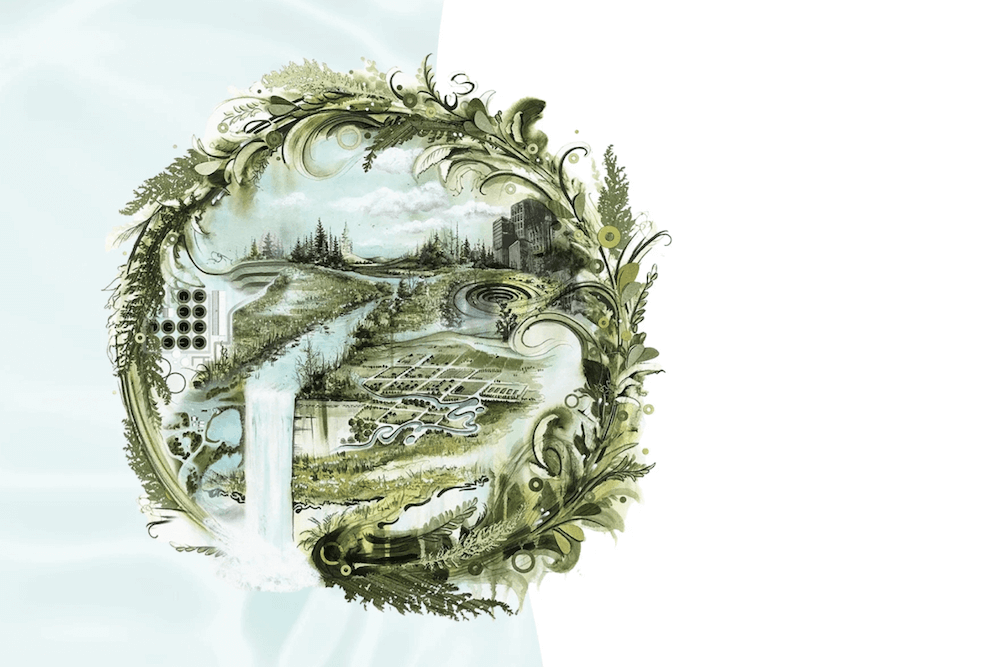By Dan Rahn
University of Georgia
Ever heard a tree scream? You might have if you’d listened
closely and your lawn mower hadn’t been so loud.

|
Jim Midcap, an Extension Service horticulturist with the
University of Georgia College of Agricultural and Environmental
Sciences, says trees planted in turf areas are always in danger
of what he calls “power mower blight.”
“Power mower blight is caused mostly by well-meaning, dedicated
turf-clippers who vow to cut every blade of grass and not resort
to such things as hand-held shears,” Midcap said. “In
close-quarters combat with a power mower, the tree generally
loses.”
Trees may not scream very loudly, but that doesn’t mean the
wounds gashed open by lawn mowers, and sometimes power trimmers,
aren’t real injuries. The gouging edges of mowers can seriously
hurt trees, especially young ones.
Asking for trouble
“This wounding lays open sensitive inner tissue and can allow
insects and diseases to attack,” Midcap said. “Insects, in fact,
will generally attack a tree in poor health. And creating an open
wound is asking for trouble.”
A jagged wound will heal poorly, he said. It will allow the
tree’s vigor to decline and make it more susceptible to such
stressful times as drought or extreme cold.
What really makes power mower blight so bad, Midcap said, is that
it’s always avoidable.
“You just need to take precautions to protect the tree,” he said.
“Three small wooden or steel stakes or some type of short fencing
placed close to the tree trunk will help fend off the cold steel.”
Better idea
But perhaps an even better way to protect the tree, he said, is
to mulch under the tree’s drip line.
“This will define the mower area,” he said. “It will modify the
root zone environment under it, too, by keeping it cool and moist
in the summer.”
Mulching helps three ways:
- It protects the tree from the mower.
- It helps create a healthier environment for the tree.
- It enables the dedicated clipper to cut every blade of grass
and keep that perfectly manicured look around the tree.
Ground pine or hardwood bark, pine straw and leaf mold, or
compost, are all good mulches, Midcap said. Just place a 2- to
3-inch thickness of the mulch under the tree.
Expand the mulch area as the tree grows if you like. But don’t
use too much. Most weeds and encroaching turf can be easily
controlled with herbicides.
“Mulching, staking or fencing young trees around your lawn isn’t
a lot of work,” Midcap said. “But it can make a lot of difference
in the health of your trees.”
(Dan Rahn is a news editor with the University of Georgia
College of Agricultural and Environmental Sciences.)



